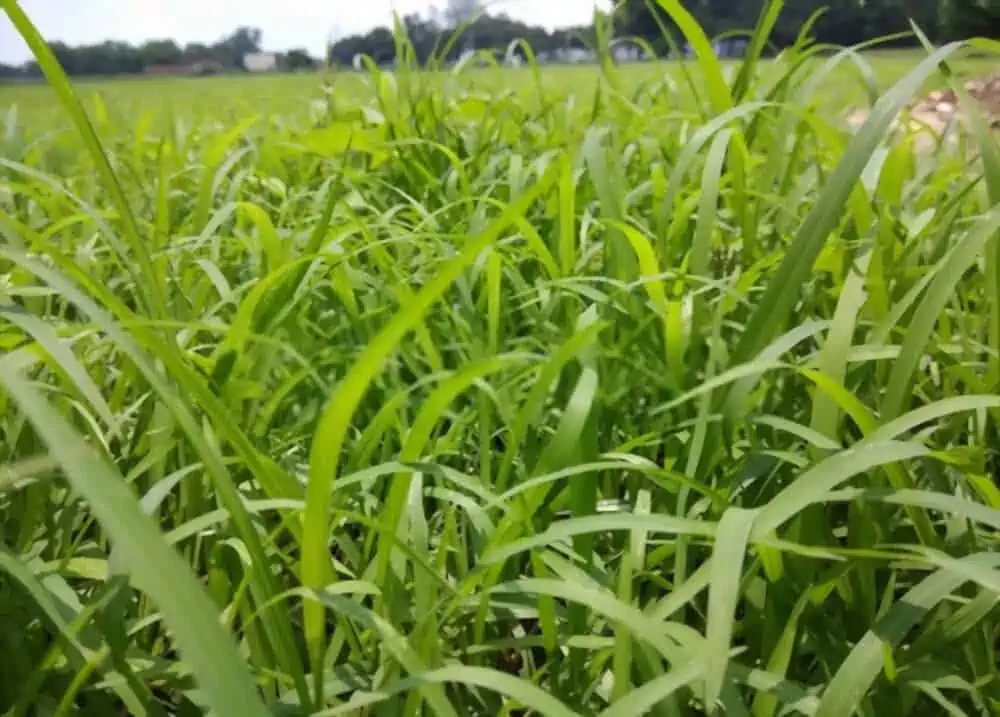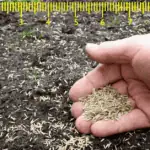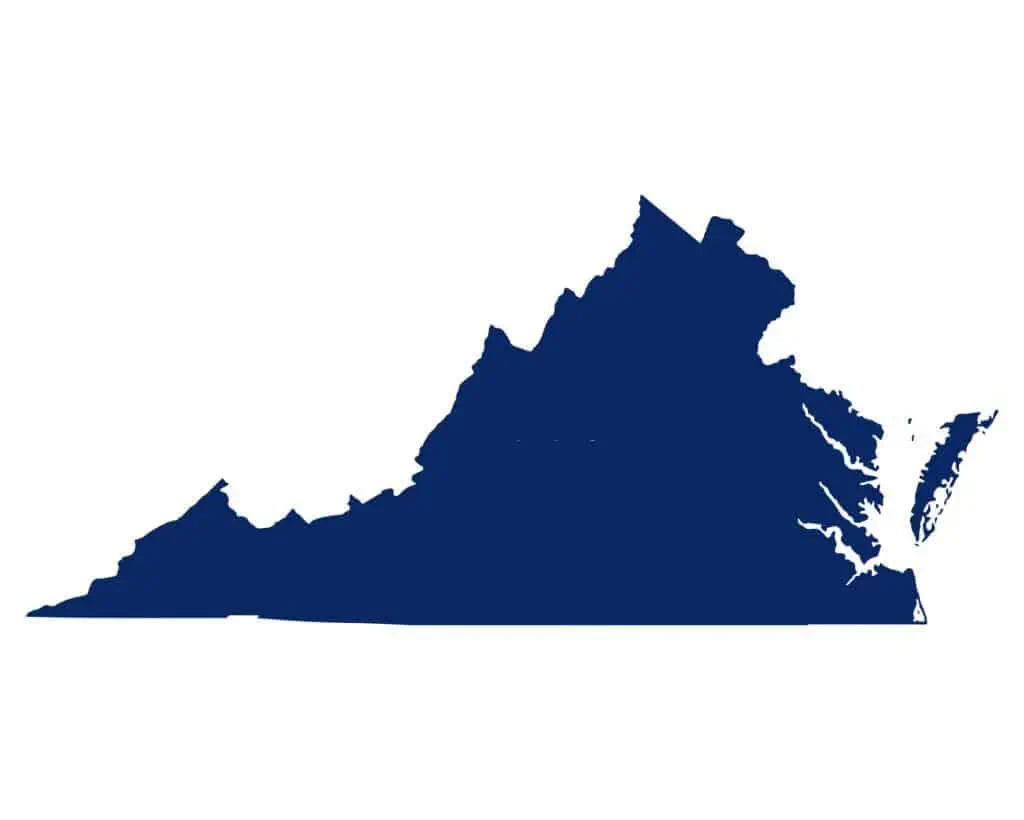Ryegrass is one of the most popular cool-season grasses globally. It’s divided into two; annual and perennial ryegrass, which have different characteristics and applications.
Georgia’s climate can handle cool-season grasses, and both ryegrass types would germinate well. One of the most critical aspects that influence growth is if you plant them at the correct time. Therefore, you must sow your ryegrass seeds at the best possible time of the year.
This article will educate you on when to plant ryegrass in Georgia. You’ll understand why it’s best to plant the seeds during this period and essential maintenance tips to help you cater to the plant.
When Should You Plant Ryegrass in Georgia?
Annual ryegrass, as its name suggests, is an annual crop. It has a yearly lifespan and will die out after one season. On the other hand, perennial ryegrass is the more permanent type and can be used for a healthy, year-round lawn.
The best time to plant ryegrass is early fall, whether annual or perennial. Plant the seed around 45 days before the first fall in your location. This schedule will ensure that your grasses have all the fall to germinate, which is one of the most beneficial.

That said, here are some reasons early fall is the best time to plant ryegrass in Georgia.
It Brings More Precipitation
Moisture is vital for newly seeded grasses, and precipitation is high in the fall. It’d ensure that your seedlings get the needed water without too much work on your part. When you plant ryegrass in the summertime, they would just dry out unless you’re ready for some overly intensive watering schedule.
Temperature is Suitable For Planting and Germination
Cool-season grasses require a soil temperature of around 50-65 degrees Fahrenheit and an air temperature of around 60-75 degrees.
Early fall is the best time of the year when you can get these temperatures simultaneously. You can use a soil thermometer from your local store to take the measurements to know whether you’re on the right side of things when planting.
Sunlight is Okay
Ryegrass prefers full sun, but it has a low tolerance to the harsh scorching sun of summer. Early fall is when the seedlings can get the required sunlight to ensure that they germinate well.
Ryegrass is Easier to Manage in Fall
Earlier, you learned that seeding ryegrass in Georgia during fall is the best option because it won’t need much watering, but that is just one of the many maintenance advantages you get when you seed in that period.
You also save more on herbicides and weed control. Weeds typically start to die around early fall and won’t pose much threat to your plant. They can germinate better roots and grow into more healthy plants.
It Gives the Plants Time to Develop
If you want to plant ryegrass for your lawn, doing it in early fall gives it time to develop into a healthy yard. The grasses have six months to enjoy the favorable weather and the goodness of spring.
That concludes when you should plant ryegrass in Georgia and the advantages that come with it. While fall is the best time to seed, there’s also an alternative time of the year to see if you miss sowing in the fall; spring. The following section will educate you on all you need to know about planting ryegrass during spring in Georgia.
Can you Sow Ryegrass in Spring in Georgia?
Spring is the second best time to plant ryegrass in Georgia. It ensures that the grasses have enough time to germinate before summer. The grasses will grow before summertime quite alright, but their root system won’t be well developed to handle the pressure.
Even if you seed the grasses during spring and germinate well, they will dry out in the summer, and you might need to reseed during fall. Your best bet is to wait until fall to plant ryegrass in Georgia.
If you must seed during spring, ensure adequate soil testing. The solid and surface should be in the right conditions.
Tips for Perrenial Ryegrass in Georgia
Identifying the right time to plant your grass is only one of the first steps to ensure healthy growth. Now that you know early fall is when you should do it, it’s best to prepare the ground early. Clear the area of any debris and ensure that the soil is in the perfect shape for planting.
Buy the Correct Seed Type
Seed buying is another aspect that many homeowners tend to underrate. If you plant low-quality seeds, you’ll get a subpar lawn. Likewise, you’ll get a top-notch and sustainable yard if you go for high-quality seeds. Carefully weigh your options and choose the best you can get.
Sow the Seeds Carefully
Putting your seed into the soil is the next step after you’ve prepared the ground for planting. You should sow 8-10 pounds of ryegrass per 1,000 square feet. Ensure that you plant the sod well so that it can make genuine contact with the soil. You can use a spreader or your hand to sow the seeds; what matters is that you get it right.
The amount of seeds that you plant in your yard is crucial. When you overseed, only some of the grass would get access to soil nutrients, and the rest that doesn’t would grow unhealthily. In the end, you’ll end up with an unhealthy lawn.
Underseeding also has disadvantages, with the main one being that there won’t be enough seeds to let the grasses cover your space. You’ll end up with an undergrown lawn, and increase the grasses’ risk of contracting diseases.
Observe Good After-Sow Maintenance
Watering
Ensure that you water the seeds properly after you sow them. Water the seeds daily to ensure that they germinate appropriately. Keep the soil moist but avoid overwatering them, as new seeds hate oversaturation. New ryegrass seedlings would thrive on around 3-4 inches of water weekly.
An automatic sprinkler system is the best way to ensure the seeds get the right amount of water. It will let you give them the right amount of water at the right time.
Keep an eye on the weather and adjust your watering schedule to match. You don’t need to water the new seeds often when there’s frequent rain. Also, you’ll need to reduce your watering intensity if there are regular showers.
Fertilizing
Apply a starter fertilizer to your soil before planting the seeds. Starter fertilizer contains a significant phosphorus level which new ryegrass to build rich, strong roots. Fertilize the grass again with regular nitrogen fertilizer two weeks after planting the grass and follow the regular fertilizing schedule from then onwards.
It’s imperative to look out for the weather and avoid fertilizing the grass before precipitation. If you do so, the rain will wash off the fertilizer, which won’t work for your grass.
Mowing
You should mow your Rygrass lawn for the first time around two months after you plant it. This time the grass would be well over three inches tall, and it’s healthy for you to mow it.
Ensure it is dry before you cut, and keep it to around two inches. Use sharp blades to cut the grass and maintain healthy mowing practices.
Conclusion
Fall is the best time to plant ryegrass in Georgia, but you can plant it in spring if you miss the fall planting season. Ensure you follow the correct planting procedures and care for the grass well. Ryegrass is low maintenance, and you don’t need to do much to keep it in top shape.
You can always contact professionals to help you through any challenging aspect. Soil scientists are available to help you check your soil before planting.
You can also meet your county extension agent to know when to sow the first seeds. Above all, you can contact lawn care professionals familiar with Georgia’s climate to help you with seeding.






